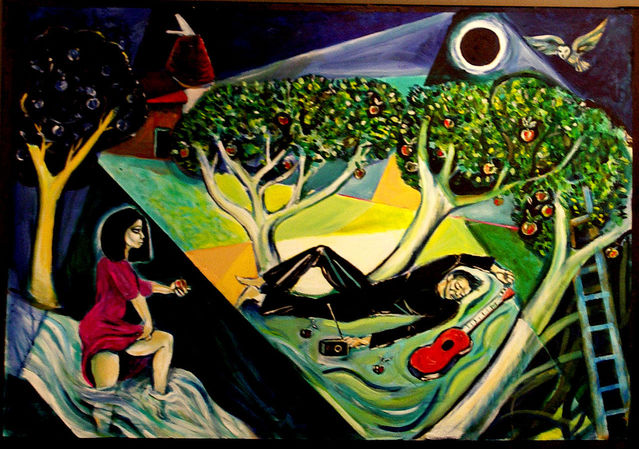
Experiences of childhood and the unconscious conflicts arising from them are the focus of psychoanalytic therapy. It is through the dynamics of transference and counter-transference that these childhood experiences, the pain and pleasure of them, come to light within this therapeutic relationship.
Transference is the patient's emotional and erotic investment in the analyst; counter-transference is the analyst's corresponding investment in the patient. In this exchange, this mutually shared field of feeling, a new experience of human relating is created for the patient. Aided by the analyst’s perspective, the analysand is able to relive his or her past with enhanced understanding and thus become freer of it.
The relationship should, in essence, be a trusting alliance. But moments of distrust, if brought into words, can be useful, too, illuminating how the patient’s history constricts their relationships in the present. Free association, dreams, fantasy, and slips of tongue are all clues to the ways we are moved around in the world through unconscious forces. While these revealing signs are interpreted by the analyst, the patient remains the ultimate judge of the accuracy of the interpretation and arbiter of his or her own living truth.
Optimally, the analyst is able to observe his own associations and emotional responses in a detached manner during sessions, as if watching his or her own thoughts float down a stream. Attention to this internal reverie during clinical work is a rich source of understanding the patient, of making insightful interpretations and thus bringing valuable knowledge to the patient’s habits of intimacy and their way of relating to others.
Worth mention are a few of the changes the profession has undergone since Freud even though his basic concepts endure. The understanding of gender has changed dramatically since the times of Victorian Europe: both sexes, male and female, have active and passive drives. The Pre-oedipal phase between mother and child has taken on a more prominent role of inquiry in research and in clinical practice, giving merited attention to the importance of this first interpersonal bond. Hopefully the maternal nourishment of the child has various dimensions; it is both a literal feeding and an emotional one. In other words, it is not just milk received by the baby, but also loving care, sweetness. Have you ever seen an infant trying to feed their mother? Humans have an innate desire to give back for the love they have received. This is a fortunate repetition compulsion. We have an instinct for affection that leads us to identify with the nurturer, as well as the aggressor.
I disagree with the assumption, held by many, that psychoanalytic treatment requires an exorbitant cost. My late analyst once told me that this is the greatest resistance to emotional growth. Many training institutes around the globe have sliding scales and analysts or candidates devoted to mental health.
_____________________
A version of this article appears in the Journal of Psychiatry Open Access.
Follow me: www.twitter.com/mollycastelloe


